|
Happy New Year every one! Kathy and I are excited for the third year of Plant Wisdom Garden Center. Last year, in spite of many challenges(late freezes, rain, ice, and heat), we saw a lot of familiar faces, friends, and newcomers. We are so happy to be here again and hoping for our best year yet! We have some fun and interesting classes planned, exciting new plants, and the same outstanding hardy plants you’ve come to expect from Plant Wisdom.
Doing these is a great way to accomplish some of your New Year Resolutions. Just half an hour gardening can burn up to 300 calories. Mycobacterium vaccae, that’s a bacteria and it’s in your soil. A walk through your yard, and it will be on your shoes. This bacteria was found about 10 years ago and used to boost the immune system of cancer patients. As a side effect, the oncologists found that the mood of the treated patients improved drastically. Not to mention all the tasty herbs, fruits, and vegetables your garden can give you! So get out there and dig in the garden, your body and mind will thank you! - Alex Wisdom
4 Comments
Showing those photographs may be a retail cardinal sin, but our business plan is to improve everyone's skill set. Our plants went through that cold snap just like yours did. Even with a green house, a 200,000 btu heater, and blower fans, we couldn't keep up with the cold. A lot was composted, but every photo above is of a plant that should bounce back.
After all the dead and damaged portions have been removed, put the pot in a bright and warm area and lightly feed them. They will really need the resources the fertilizer and sun provide to make new leaves. After that you should have have a sad looking plant that will grow back bushy and happy! This applies to outdoor plants too, but wait to do the trimming until mid February and wait to fertilize until the plant is actively growing. If the plant is dead, this gives you a chance to try something new! Keep in mind that these frost swings may be the new normal. Last year we had a couple days of 0 degrees and one -3! These are arctic temperatures, and they are lasting for hours at a time. We didn't carry Indian Hawthorne in 2017 because of those cold snaps and we probably won't again this year. Watch what doesn't come out of dormancy this spring, these will tell us how we need to adapt going forward. One of our hibiscus got an infestation of aphids. A lot of plants might have them will all of the temperature and humidity swings, and enough rain in August to kill the drought only for a couple counties to slip back into the drought. All of those extremes can stress plants and open them up to pests. Those of you with milk weeds are probably seeing lots of yellow guys on your plants right now. Unfortunately, I started treating it before I took pictures. Aphids usually attack the growth tips where the plant puts most of it's sugars and is most easily punctured. On the buds (and thumb) above, they are the white and brown specs. Like other soft bodied pests (spider mites, etc), they are actually pretty easy to git rid of. You just have to torture your plants! The best treatment for aphids is....
It may take a couple treatments, but it will work but with no pesticides! If the infestation is really bad, and on multiple plants, following up the spraying with Neem Oil, diatomaceous earth, or insecticidal soap is advised. Doing so will kill off these guys.. Simply using the high pressure spray won't hurt the Aphid Lions. The will get knocked off, but climb back up and morph into Lady Beetles! Where as any of the insecticides will kill them too. --- Alex
Well, the Fourth is over. Time to clean up the firework debris and enjoy some garden time while is still enjoyable outside. Here are a few to-dos to make everything easier. Cut back spring annuals 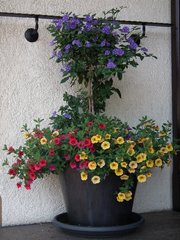 A lot of the pretty mixed pots and hanging baskets from spring may be starting to look a little thread bare. Root space is getting tight and there was that one week we forgot to water that one pot. Now is a great time to cut back those spring annuals. Cut out any dead stems and give the leggy stems a good whack. Give the rest a little cut to make it all look symmetrical. Apply a small does of Colorstar Fertilizer, water, and enjoy a lovely beverage on your porch! Clean/Dust your porch light 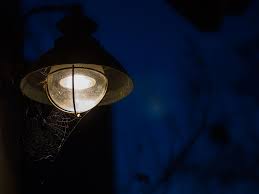 While your there, clean your porch lights and other outdoor lighting. We have a month before august hits and renders outdoor living impossible. Spending a few minutes cleaning your lighting will make your outdoor living area more welcoming during the last few cool nights of summer. Not only will lighting highlight your plants in the evening so we can enjoy them, but a well kept yard and adequate lighting are the two most effective things that can be done to prevent crime in our neighborhoods! Adjust your sprinkler system and watering habits 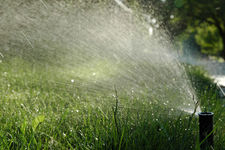 The past few weeks we have seen some good rain, but that won’t last. It’s a great time to check your sprinkler system, drip hoses, timers and such for proper watering. Place a cake pan in your yard and time your sprinkler to run as long as it takes to fill that up to one inch. That’s how long your system needs to run PER WEEK! We recommend twice a week, so half inch per run. Garden beds need about that much, but once a week is usually enough! Specimen plantings that are not well suited to Oklahoma weather need to be dealt with as needed. Potted plants most likely need to be watered once a day. No matter what it is, morning is the best time to water. Wet plants during warm nights are begging to be attacked by bugs, fungi, and viruses! Re-apply compost Redressing your beds and pots with a thin layer of compost will help retain moisture throughout the day, and replace organic material the plant has utilized during the spring. Pinch bag worms Pinch bag worms on evergreens before the infestation gets out of control. Also, spray web worms in trees with a high pressure spray. Once the webs are torn open, the birds will feast! It is very satisfying! Add natives! Don't worry about your tomatoes It has been relatively cool, so tomatoes should still be producing. But as temps climb over the mid 90’s, tomato pollen stops being viable. This can be helped by shaking the plant early in the morning, before it gets too hot. At a certain point, you will have flowers, but not fruit. Don’t worry, keep the plant healthy with compost and water. Once temperatures drop, production will return. Relax! --Alex Wisdom
The cold winds are dying down and it's great time to get back out in the garden and do some of the less glamorous tasks while it's still nice outside! So when May hits everything is ready for color installs and all the other fun stuff we look forward to! Sow Annual and Herb Seeds Now is the time to get your summer herb and annuals started. Celosia, Moon Flower, Sun Flowers, Zinnias, and Basil, Cilantro(Coriander), and Parsley. Just follow the directions on packets. If you have older seed and don't know if they are viable, here's a way to check. 1. Moisten a paper towel and lay out flat. 2. Place 5, or so, seeds on the towel with some space between and fold up so the seeds are wrapped up tightly. Place towel package in a zip top bag. 3. Place the bag in warm, but not sunny spot. Leave alone for the number of days to germination listed on the packet or on this chart. 4. Once that time is up, open the bag and package and inspect the seeds. If most of the are plumped or even sprouting, the seeds are safe to plant. If only a couple are sprouting after a couple weeks, don't expect much out of those seeds. Plant Fruit and Vegetable Plants So this year has been odd, it's been warm(one day over 90!), and as I right this, at least, one more night in the 40's. The soil temps have been in the 60's: 2 inch temps, 4 inch temps. So it *should* be safe to plant most veggies. Just remember, two years ago we had a frost on May 5th! In any event, by the end of the week we will be bringing in the more cold sensitive plants. There are just a few more days to think about your gardens. Apples, Pears, Strawberries, Tomatoes, Chiles, Cucumbers, Melons, Herbs, etc Weed 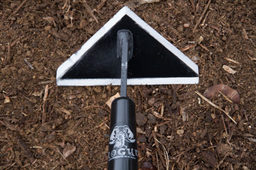 Yes, it's super exciting, but it pays off. Just a couple hours on a Saturday morning will continue to pay dividends all season! The trick is a scuffle or colinear hoe. These are sharp and the blade is oriented parallel to the ground. Just slide or "scuffle" the hoe around the bed and the weeds are cut off at the ground. Yes, some do come back! If you have a decent hoe(over $25), the task will be easy to do once a week. After a while, the weeds will burn through their energy stores and die. If you never till your bed(NEVER TILL YOUR SOIL), you won't activate dormant seed in the soil and you won't have weeds! Follow this advice, and weeding will only end up on your to-do list twice a year! Fertilize or Compost Your Plants This is the easy one. Add a does of good slow release fertilizer like Color Star, Nutra Star, or Espoma to all of your potted plants. All their nutrients were used up last year or leached out of the pot over the Winter. Feed them now, when new growth starts, they're hungry! Add a good couple inches of compost to your garden beds. It is denser, and will block light to seeds and retain moisture better than any wood waste mulch. It also leaches into your soil adding nutrients and organic matter, and helps to break down the clay. ExploreFinally, go explore the local botanical gardens and garden centers. There is always something to look at and get ideas from.
Myriad Gardens 301 W Reno Will Rogers Park 3400 NW 36th The OKC Zoo 2101 NE 50th St The Botanic Garden at OSU 3300 W. 6th, Stillwater Ah, Summer. The heat index was 105 degrees yesterday, today looks like it will rain enough to make tomorrow miserable, and the weekend doesn't look much better. This means, for those of us that WANT to get out in the gardens, our plants may not be looking all that great. Geraniums are yellowing, petunias are petunia-ing, and Periwinkles are... well, they are probably fine. But there is a class of plants that is, just now, beginning to look their best! Of course these are the plants that were here before any of us were; native plants! Natives will thrive in any condition Oklahoma can throw at us because they have spent countless ages adapting to our, eh hem, interesting weather patterns. The best part is that most of them start blooming when our spring perennials and annuals are starting to fade.
These are just a few of the natives that are available. Slash Pine, Kentucky Coffee Tree, and Catalpas, Blue Grama Grass, Indian Steel Grass, even a Sugar Maple! So, if your yard or garden usually look a little drab this time of year and you want some color or texture to tide you over until Pansy and Mum time, think about some native plants. The are easy, sustainable, and better than organic because they rarely need ANYTHING applied to them to grow well. In fact, fertilizers and compost can harm or disfigure natives like Rudbeckia, grasses and Cone Flower either by encouraging too much growth so that they flop over or just burn the leaves! They will need regular, deep waterings in their first year, but soon they will need nothing except the occasional pruning or deadheading to keep them looking tidy.
Stop the Crepe Murder |
Authors
Kathy and Alex have combined experience of over 25 years, and offer their expertise here. Archives
February 2019
Categories
All
|
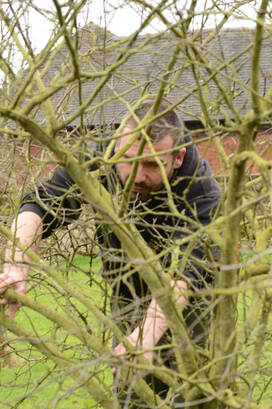

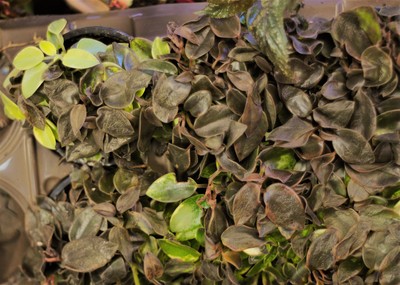
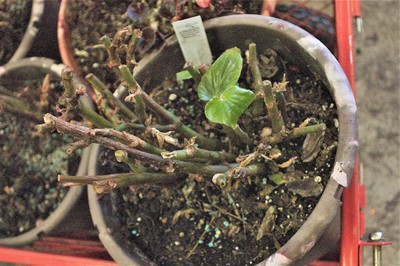
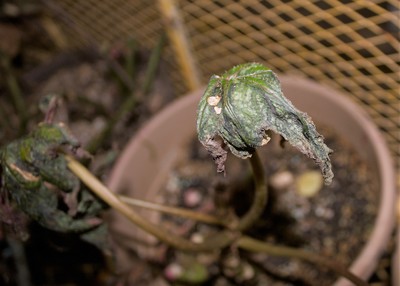
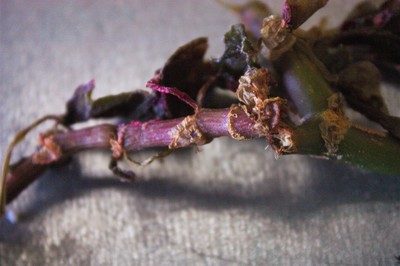
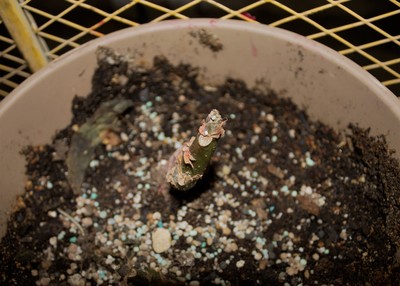
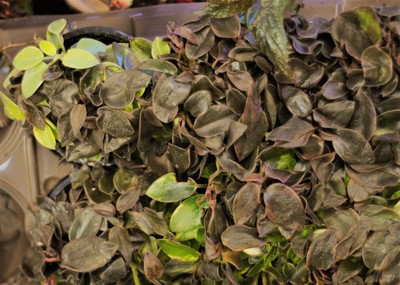
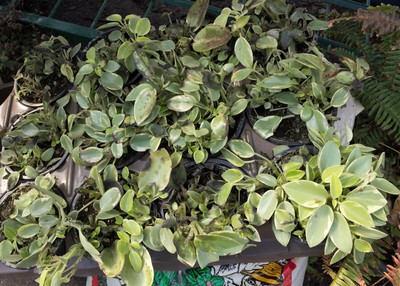
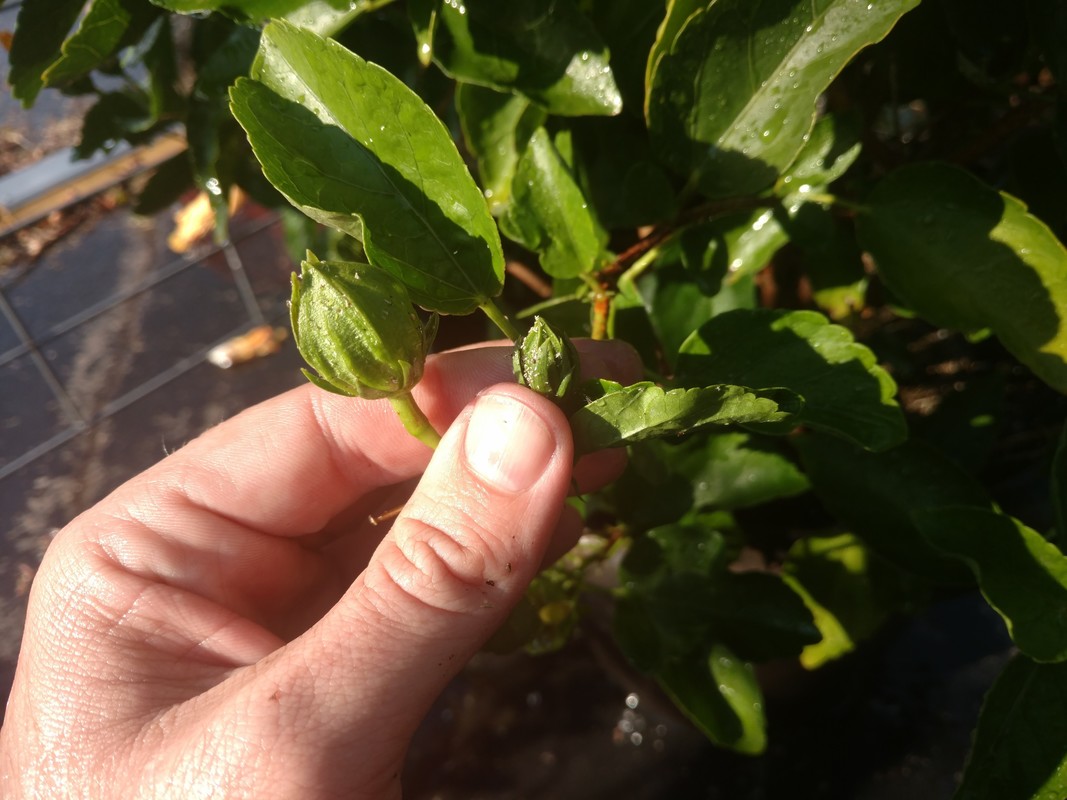
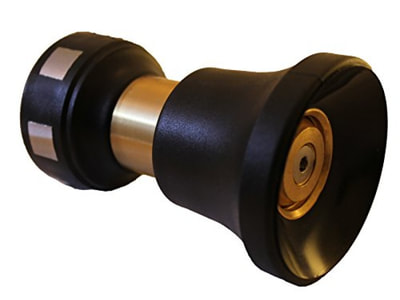
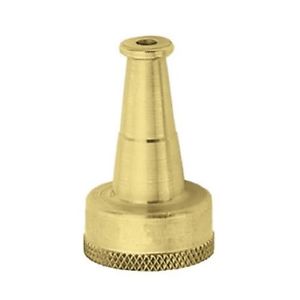
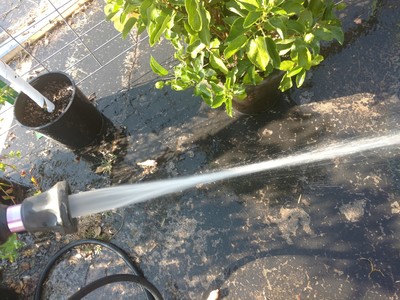
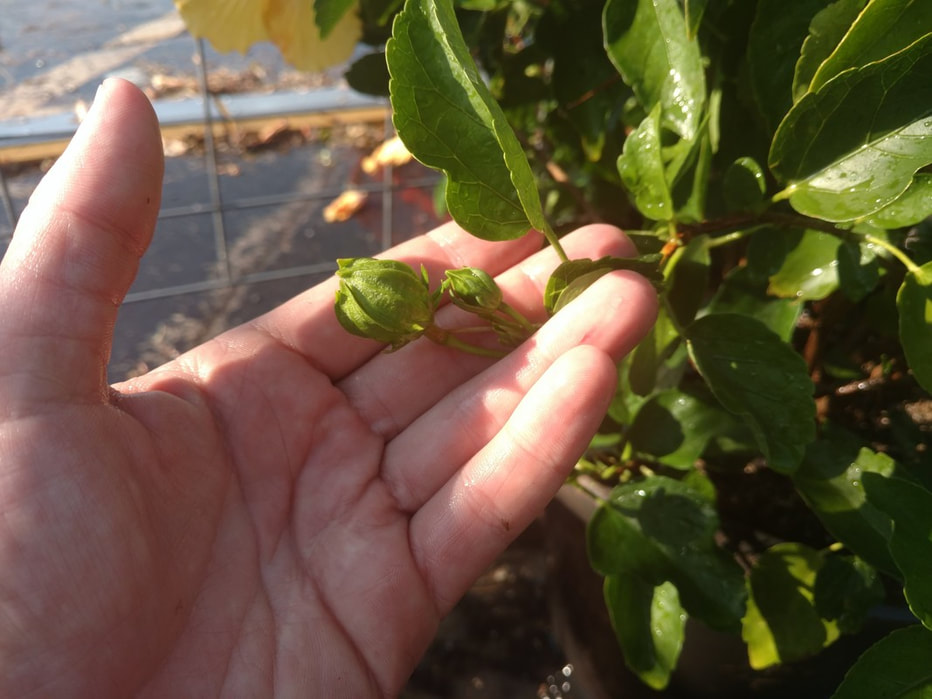
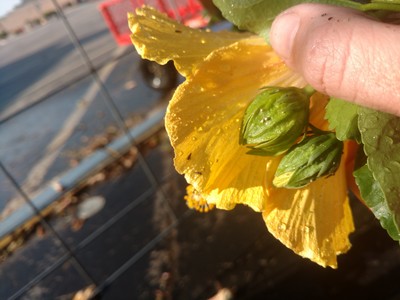
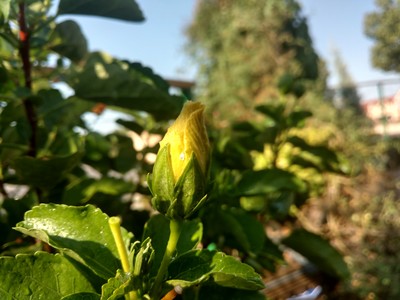
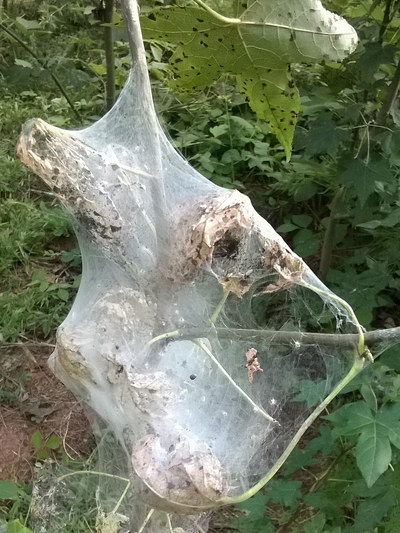
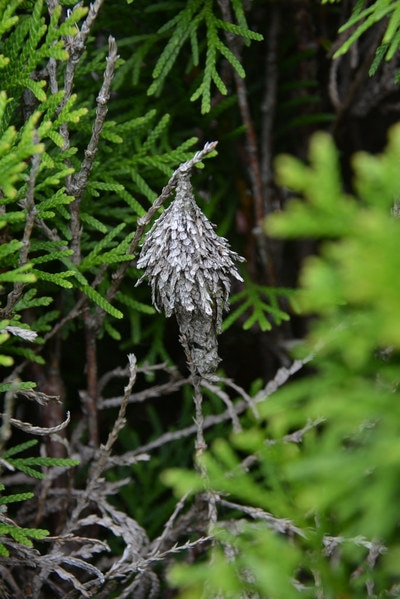
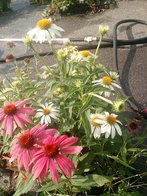


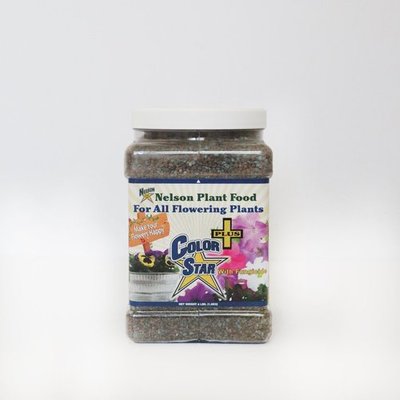
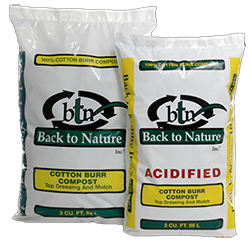

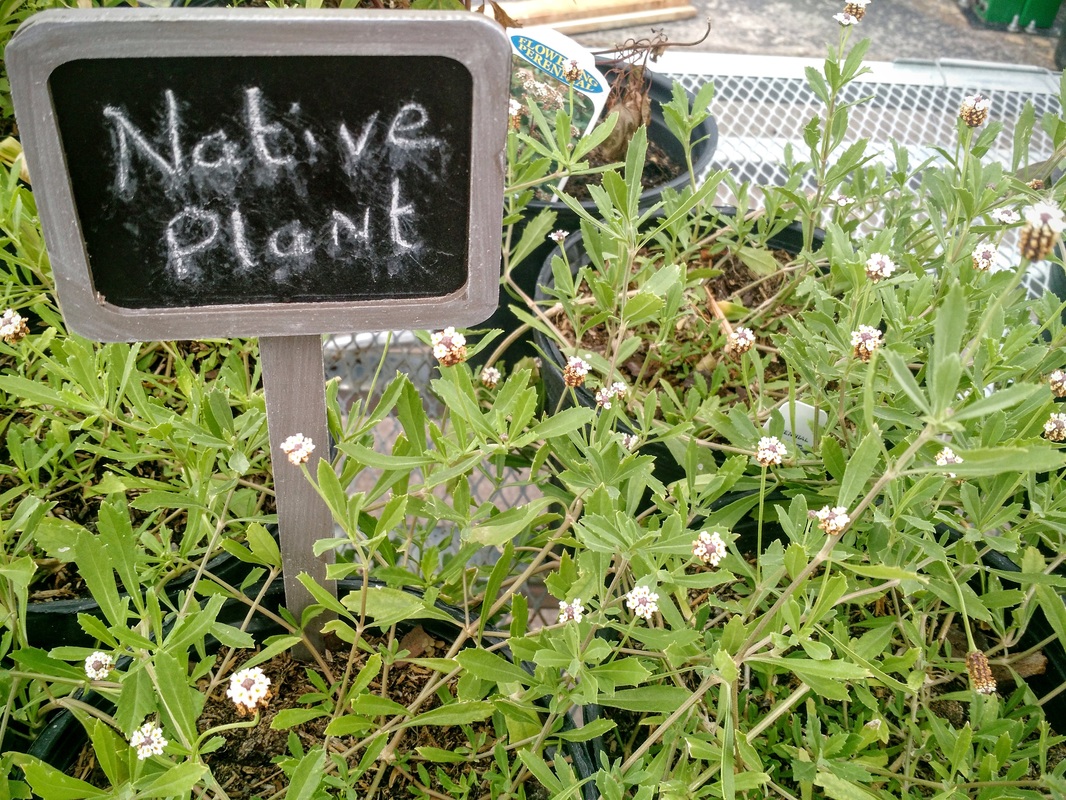
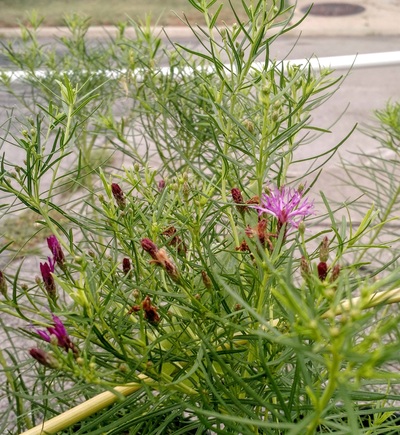
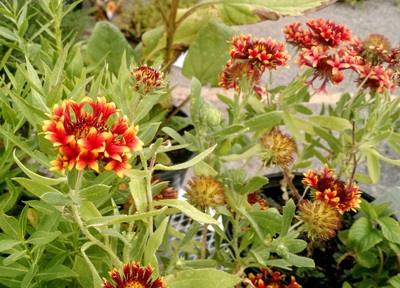
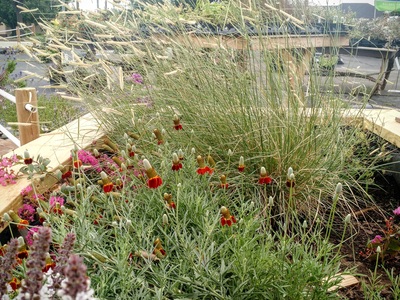
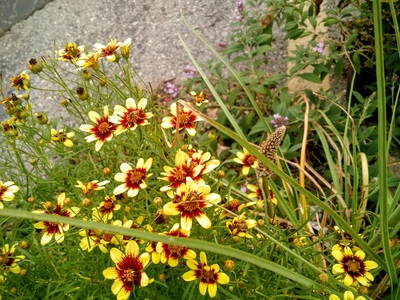
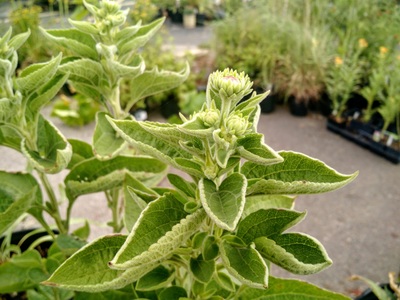
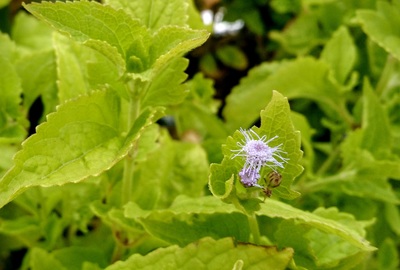
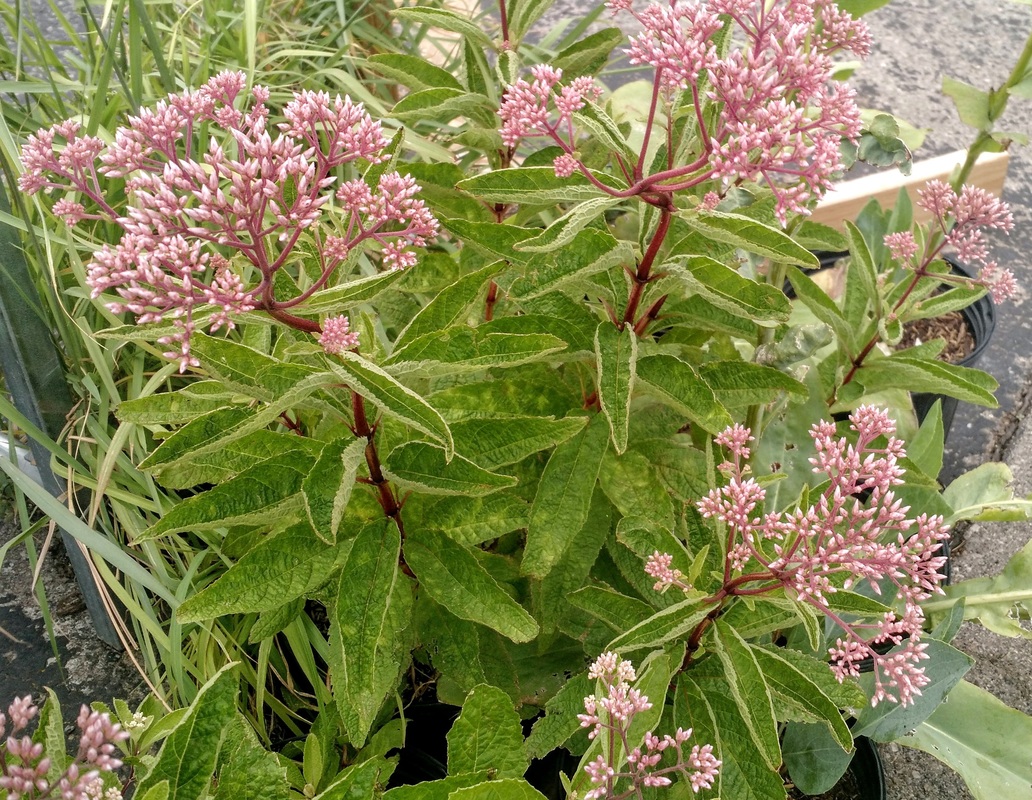
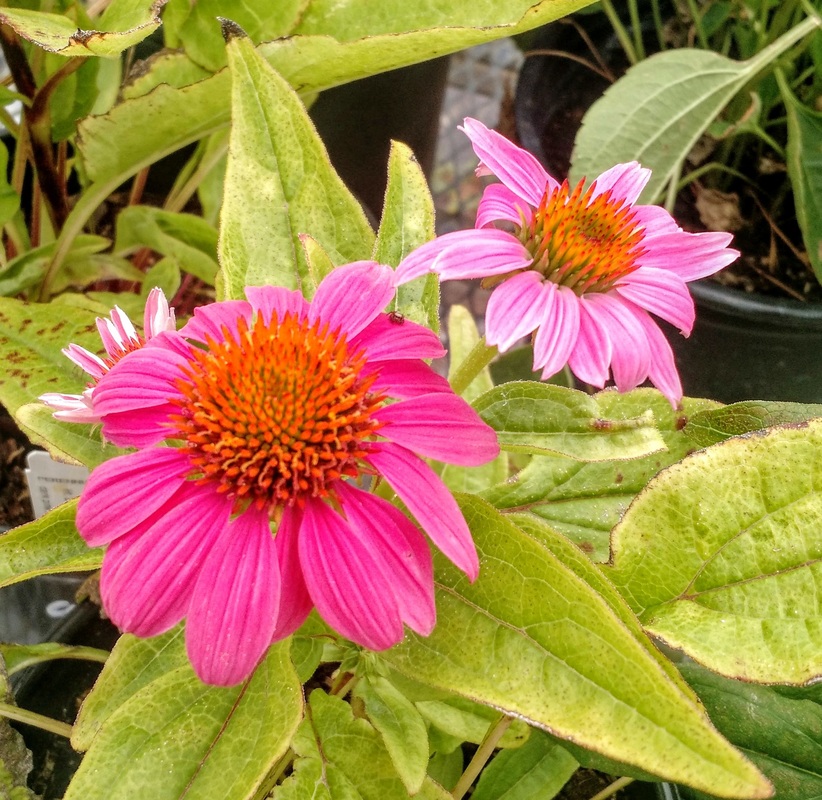
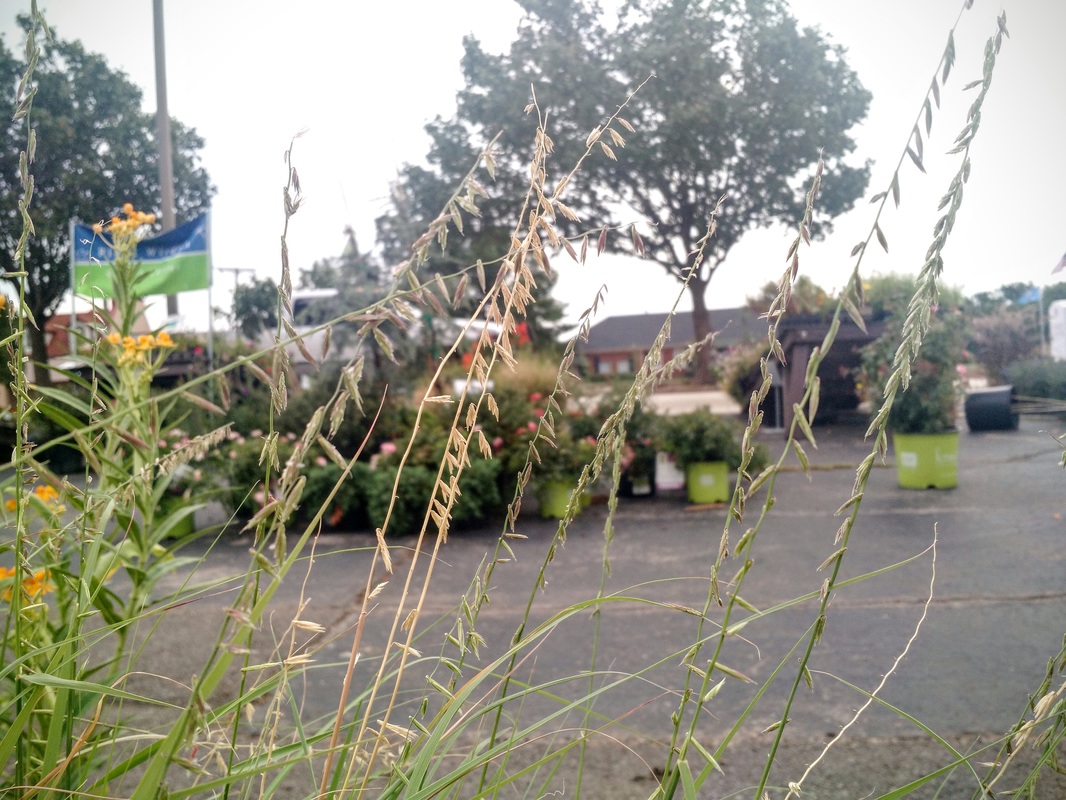
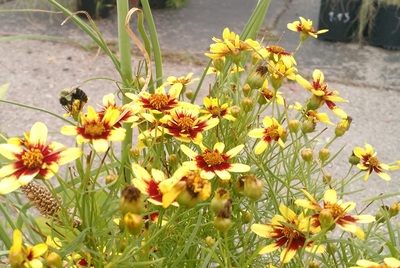
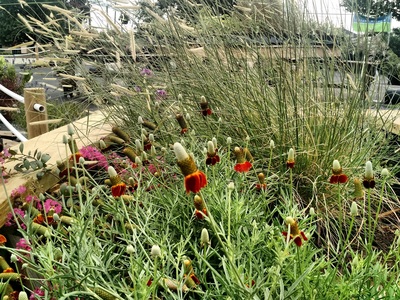
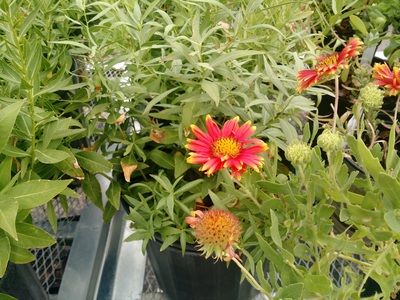
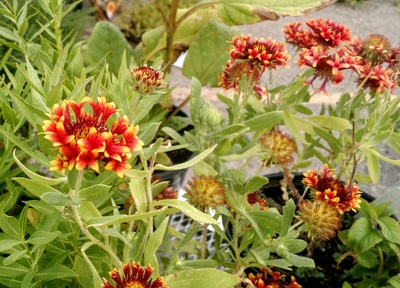
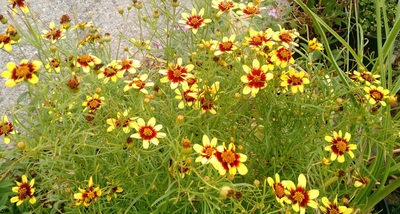
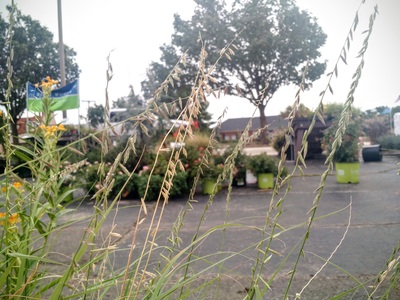
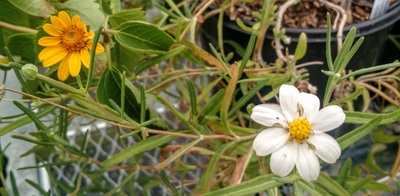
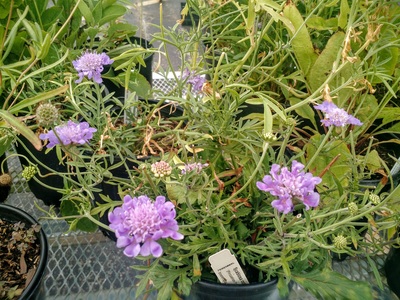
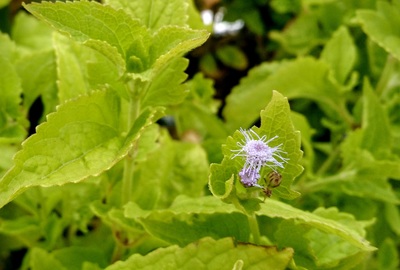
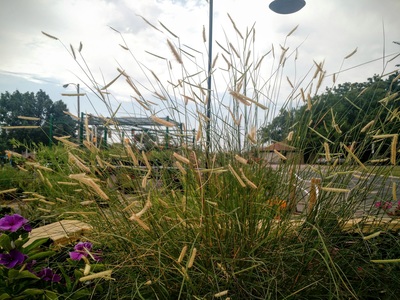
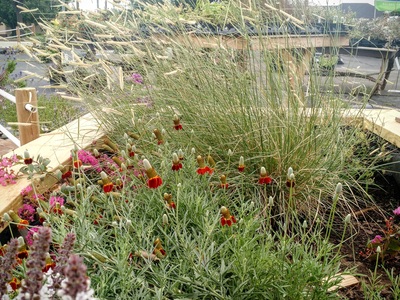
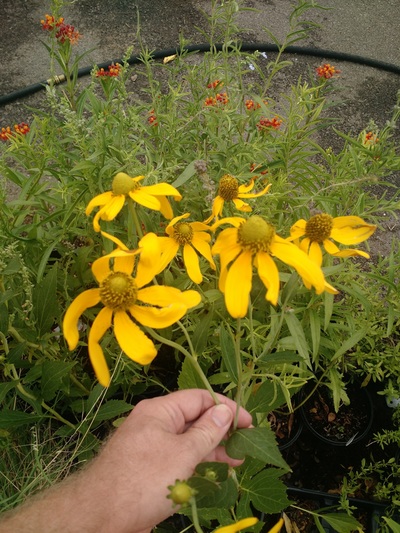
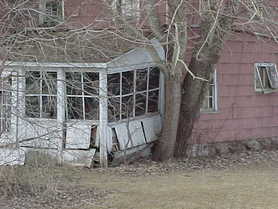
 RSS Feed
RSS Feed